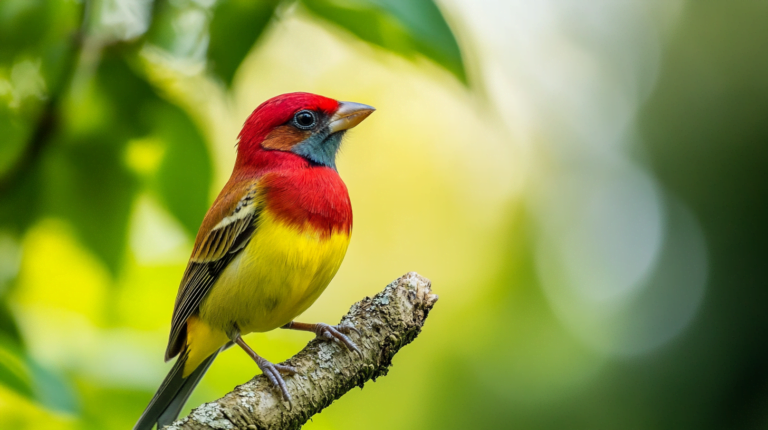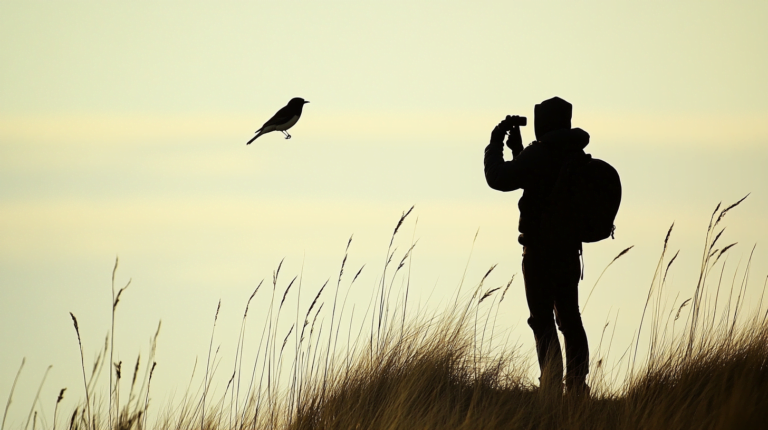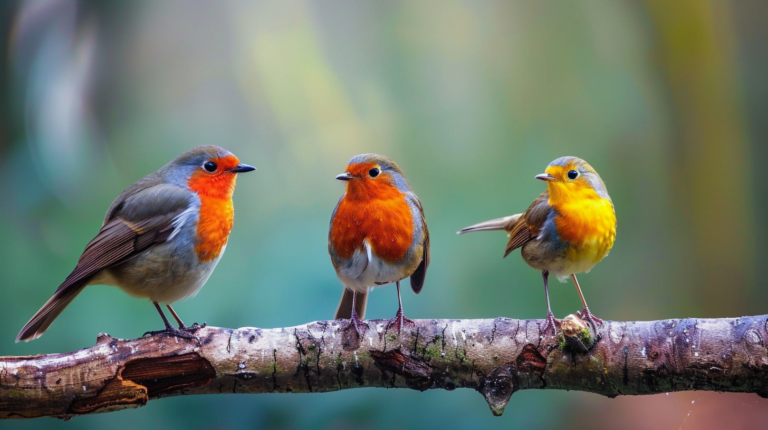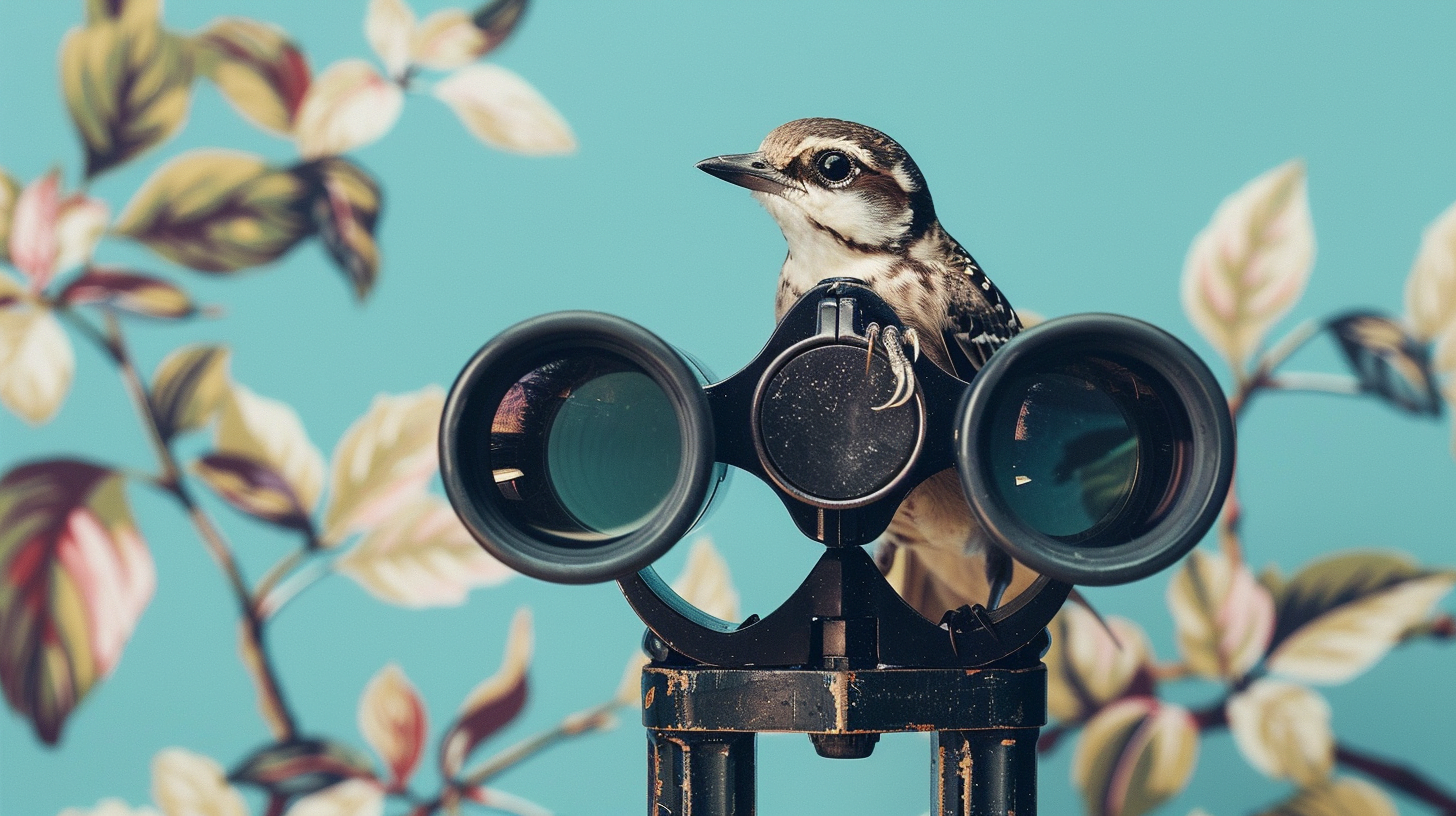
Table of Contents
Bird watching is a fascinating hobby that allows you to connect with nature and observe the beauty of birds in their natural habitats. To truly appreciate this experience, a good pair of bird watching binoculars is essential. In this comprehensive guide, we’ll explore everything you need to know about bird watching binoculars, from their key features to how to choose the right pair for your needs.
What Are Bird Watching Binoculars?
Bird watching binoculars are specialized optical devices designed to enhance your bird watching experience. Unlike general-purpose binoculars, bird watching binoculars are optimized for observing birds, offering features that cater specifically to the needs of bird watchers.
Key Features of Bird Watching Binoculars
When selecting bird watching binoculars, several key features should be considered to ensure you get the best viewing experience:
Magnification and Objective Lens Size
- Magnification: For bird watching, binoculars with a magnification of 7x, 8x, or 10x are recommended. Higher magnification can lead to a shakier image and a narrower field of view, making it harder to track birds.
- Objective Lens Size: The size of the objective lens (measured in millimeters) affects the brightness and clarity of the image. Common sizes for bird watching are 30mm to 42mm. Larger lenses provide brighter images but are heavier.
Field of View
- Definition: The field of view is the width of the area visible through the binoculars, usually measured in feet at 1,000 yards.
- Importance: A wider field of view makes it easier to locate and follow birds, especially those that move quickly.
Close Focus Distance
- Definition: The minimum distance at which binoculars can focus on an object.
- Importance: A shorter close focus distance allows you to observe birds that are nearby in great detail.
Eye Relief
- Definition: The distance between your eye and the eyepiece while still seeing the full field of view.
- Importance: Adequate eye relief is crucial for eyeglass wearers to ensure a comfortable viewing experience.
Weight and Size
- Portability: Lightweight and compact binoculars are easier to carry during long bird watching sessions.
- Comfort: Heavier binoculars can cause fatigue, so it’s important to find a balance between size and performance.
Durability and Weather Resistance
- Waterproof and Fogproof: These features protect binoculars from moisture and fog, ensuring clear views in various weather conditions.
- Build Quality: Rugged construction helps withstand the rigors of outdoor use.
Optical Quality
- Lens Coatings: Fully multi-coated lenses enhance light transmission and reduce glare, providing brighter and clearer images.
- Prism Types: Roof prisms are more compact and durable, while Porro prisms offer better depth perception and a wider field of view.
Types of Bird Watching Binoculars
Bird watching binoculars come in various types, each with its own advantages and disadvantages:
Compact Binoculars
- Advantages: Small, lightweight, and easy to carry.
- Disadvantages: Limited light gathering, making them less effective in low light conditions.
Full-Size Binoculars
- Advantages: Better light gathering and image quality.
- Disadvantages: Heavier and bulkier, which can be tiring to carry.
Mid-Size Binoculars
- Balance: Offer a compromise between compact and full-size binoculars, providing good performance and portability.
Giant Binoculars
- Special Uses: Ideal for stationary bird watching from a fixed location, often used with a tripod for stability.
How to Choose the Right Bird Watching Binoculars
Choosing the right bird watching binoculars depends on several factors:
Assess Your Needs
- Birding Environment: Consider where you will be bird watching (e.g., forests, open fields, wetlands).
- Birding Style: Determine whether you are a casual birder or a serious enthusiast.
Budget Considerations
- Price Ranges: Binoculars come in various price ranges, from budget-friendly to high-end models.
- Value for Money: Look for binoculars that offer the best features within your budget.
Try Before You Buy
- Test Drive: It’s important to try binoculars before purchasing to ensure they feel comfortable and meet your needs.
- Ergonomics: Check how they fit in your hands and on your eyes.
Top Recommendations for Bird Watching Binoculars
Here are some top recommendations for bird watching binoculars based on different needs and budgets:
Best Overall Binoculars
- Athlon Optics Midas ED: Offers excellent performance, durability, and affordability. Features include brightness, ease of focus, and close focusing capabilities.
Best Budget Binoculars
- Celestron Nature DX ED: Provides great value with solid construction and good optics at an affordable price.
Best High-End Binoculars
- Swarovski EL 8.5×42: Known for superior brightness, wide field of view, and exceptional optical performance.
Best Compact Binoculars
- Pentax AD 8×25 WP: Combines pocket-size convenience with good magnification and light-gathering capabilities.
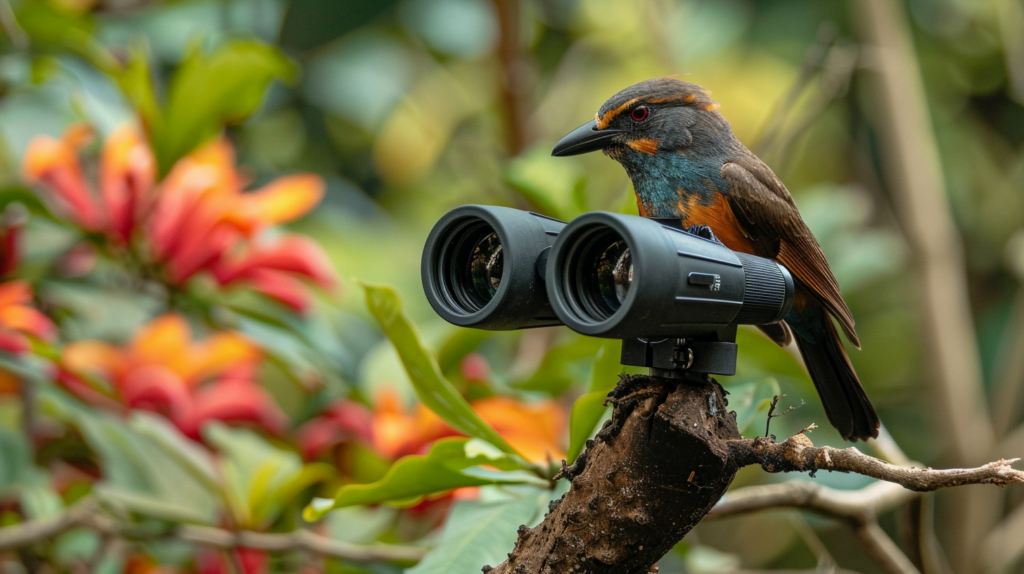
Maintenance and Care for Bird Watching Binoculars
Proper maintenance and care can extend the life of your binoculars and ensure they continue to provide clear, high-quality images:
Cleaning Tips
- Lens Cleaning: Use a lens cleaning solution and a microfiber cloth to clean the lenses regularly. Avoid touching the lenses with your fingers.
- Body Cleaning: Keep the binoculars clean and free from dirt and grime.
Storage Tips
- Protective Cases: Store binoculars in a protective case when not in use to prevent scratches and damage.
- Storage Conditions: Avoid extreme temperatures, high humidity, and direct sunlight.
Regular Maintenance
- Check for Damage: Regularly inspect binoculars for any damage or wear.
- Professional Servicing: Seek professional help if binoculars are not functioning properly.
Common Mistakes to Avoid When Buying Bird Watching Binoculars
Avoid these common mistakes to ensure you choose the right binoculars:
- Overlooking Field of View: A narrow field of view can make it difficult to locate and follow birds.
- Ignoring Eye Relief: Insufficient eye relief can cause discomfort, especially for eyeglass wearers.
- Choosing Too High Magnification: High magnification can lead to a shakier image and narrower field of view.
- Not Considering Weight and Size: Heavy binoculars can cause fatigue during long bird watching sessions.
- Skipping Waterproof and Fogproof Features: These features are essential for outdoor use in various weather conditions.
Conclusion
Bird watching binoculars are an essential tool for any bird watcher, providing the ability to observe birds in detail and enhancing the overall bird watching experience. By considering the key features, types, and common mistakes outlined in this guide, you can choose the right binoculars for your needs and enjoy the beauty of birds in their natural habitats.
Additional Resources
- Links to Reviews and Buying Guides: Explore more detailed reviews and buying guides to help you make an informed decision.
- Recommended Reading: Check out books and articles on bird watching and binoculars.
- Bird Watching Communities and Forums: Join online communities to share experiences and get advice from fellow bird watchers.
By following this comprehensive guide, you’ll be well-equipped to choose the best bird watching binoculars and make the most of your bird watching adventures. Happy birding!
